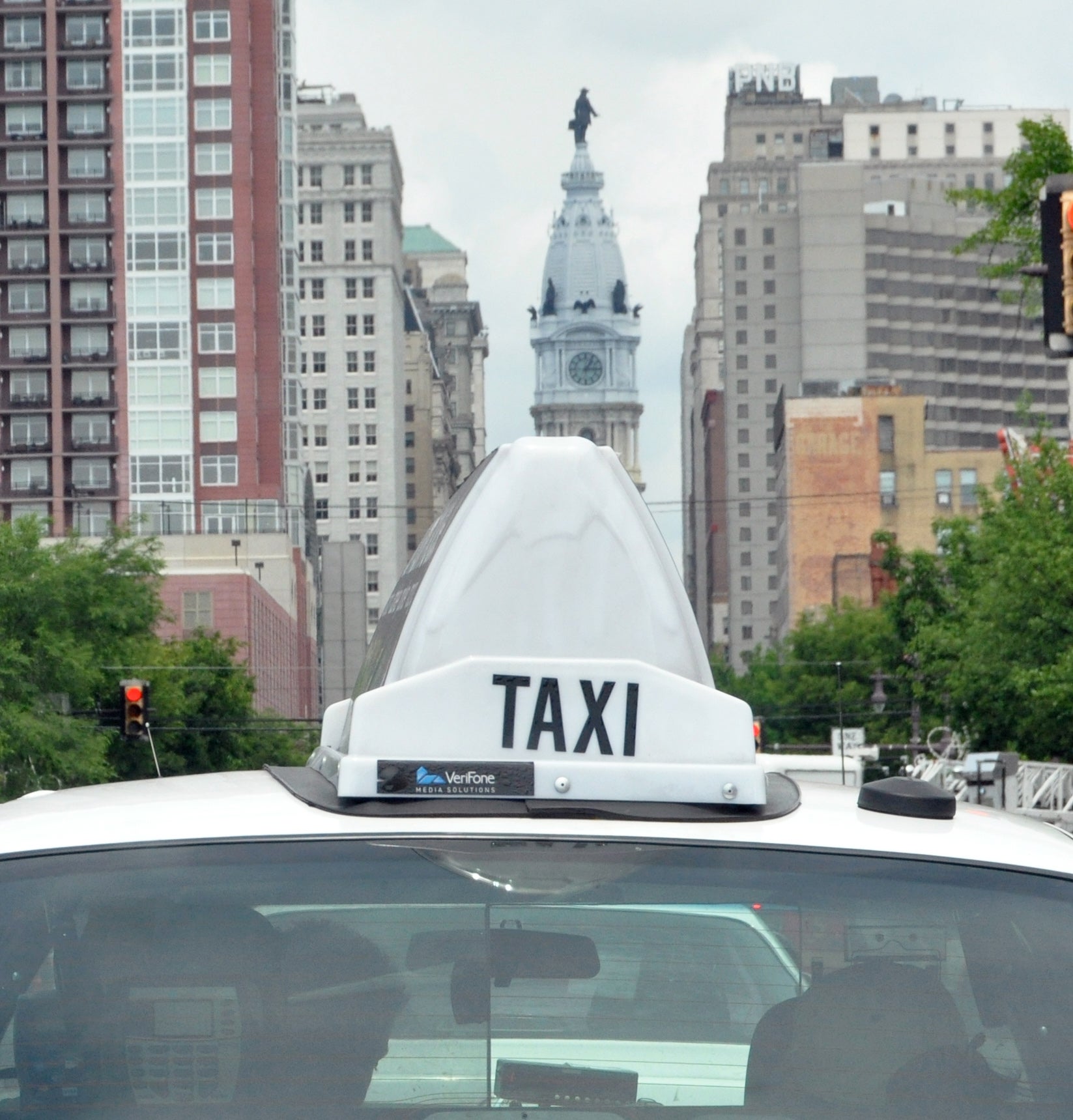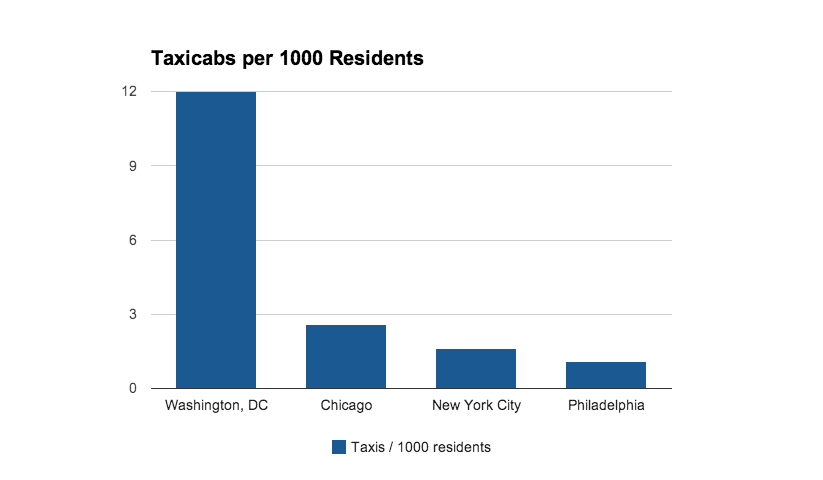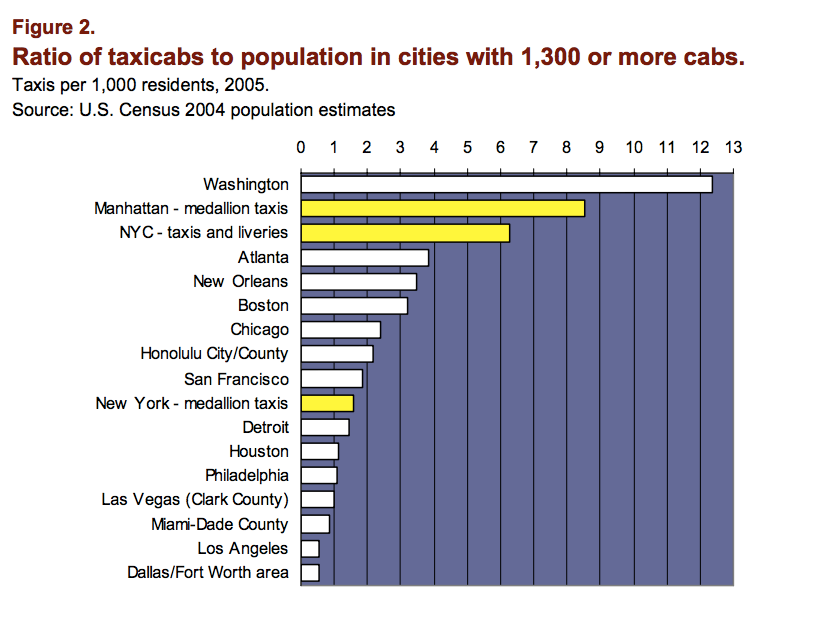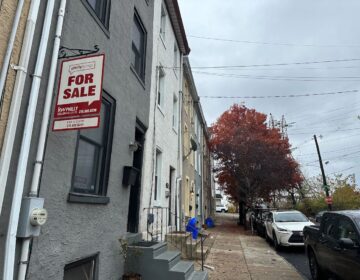How many taxis per person should Philadelphia have?

Last week, The Inquirer reported that the Philadelphia Parking Authority is creating 45 new taxi medallions (which confer the legal right to operate a taxi in Philadelphia) for wheelchair-accessible taxis. Currently there are 8 wheelchair-accessible taxis, out of 1,800 total vehicles.
The Parking Authority will also allow 15 new wheelchair-accessible vans each year until there are 150 in the fleet.
The move comes after a 15-year advocacy campaign, and a three-year court battle between the Parking Authority and disability advocacy groups Liberty Resources and Disabled in Action of Pennsylvania. These groups still want more wheelchair-accessible taxis and a total of 300 vans.
Why is this so contentious? Allowing more people to operate taxis in the city cuts into the value of the medallion prices, which currently go for about $500,000. The only reason the medallions have value in the first place is because they are scarce – the PPA is rationing the exclusive right to drive a cab. The less exclusive that right becomes, the lower the medallion values go. So proposals to add more medallions create a political conflict between medallion owners, riders, and drivers.
To one way of thinking, high medallion prices and restrictions on the number of cabs on the street are necessary to entice investors to operate taxi fleets and comply with PPA regulations for safety and fares. But even if that’s true, the current number seems a bit arbitrary and politically-derived.
How do we know what is the right number of cabs for Philly?
The Inquirer article doesn’t provide a baseline for comparison, but back in 2012, Noel Popwell of Greater Greater Washington reported on testimony before the D.C. Taxicab Commission that compared the per-capita taxi numbers for some of our peer cities: 12 per 1,000 residents in D.C. (which doesn’t have a medallion system,) 2.6 per 1,000 residents in Chicago, and 1.6 per 1,000 residents in New York City. Population shifts reported since then have left these ratios roughly intact as a basis for comparison.
Philadelphia’s cabs-per-person ratio is lower than all of these cities, at just 1.12 cabs per 1000 peeople, even with the 45 additional medallions.

This is unchanged from 2005, when Schaller Consulting last updated their highly-regarded NYC Taxicab Fact Book.

Schaller says that ratios lower than 1.2 cabs per 1000 people are more common in auto-oriented cities, while ratios of 2.4 or higher are common in higher-density walkable cities. New York City seems like an outlier, but this only refers to yellow cabs. When all the various car services and liveries are included, NYC has about 6.3 cars-for-hire per 1000 people.
WHYY is your source for fact-based, in-depth journalism and information. As a nonprofit organization, we rely on financial support from readers like you. Please give today.






